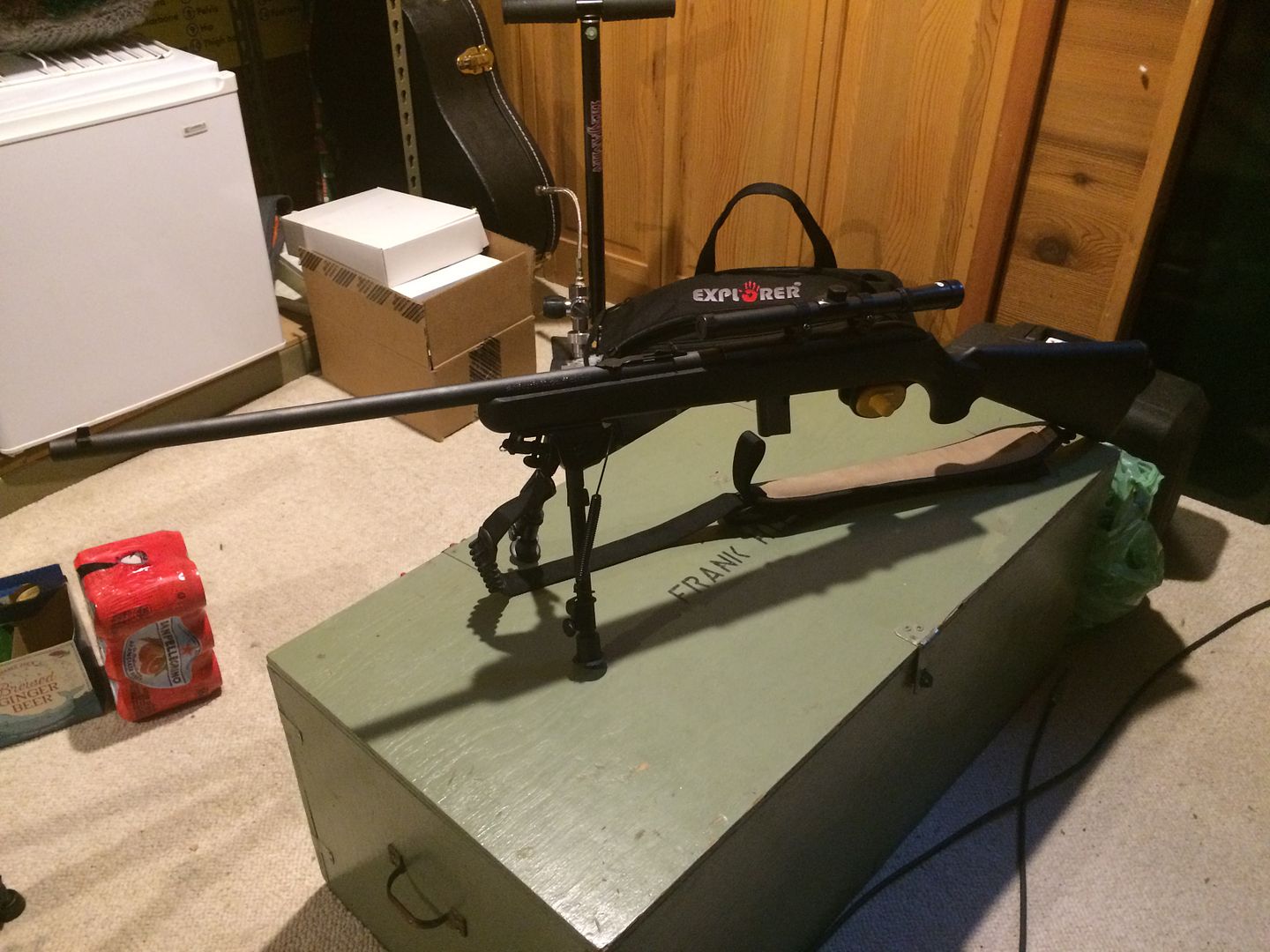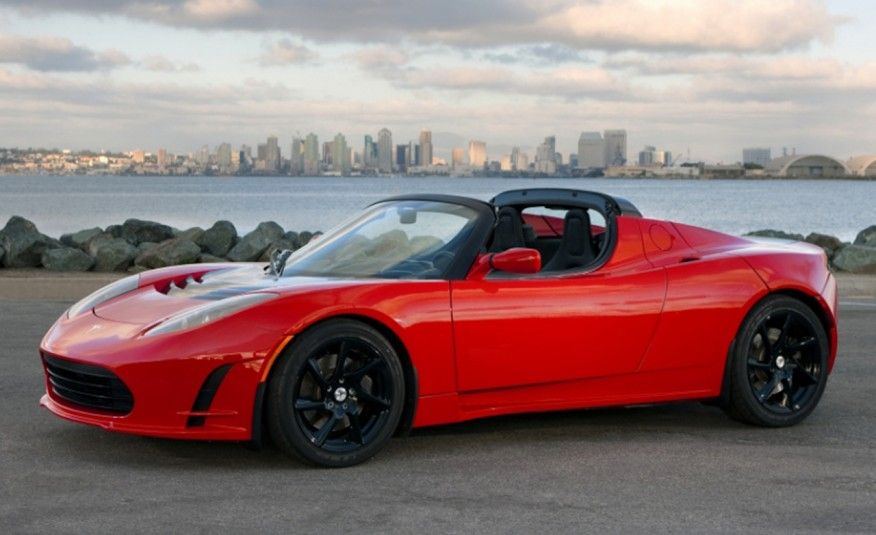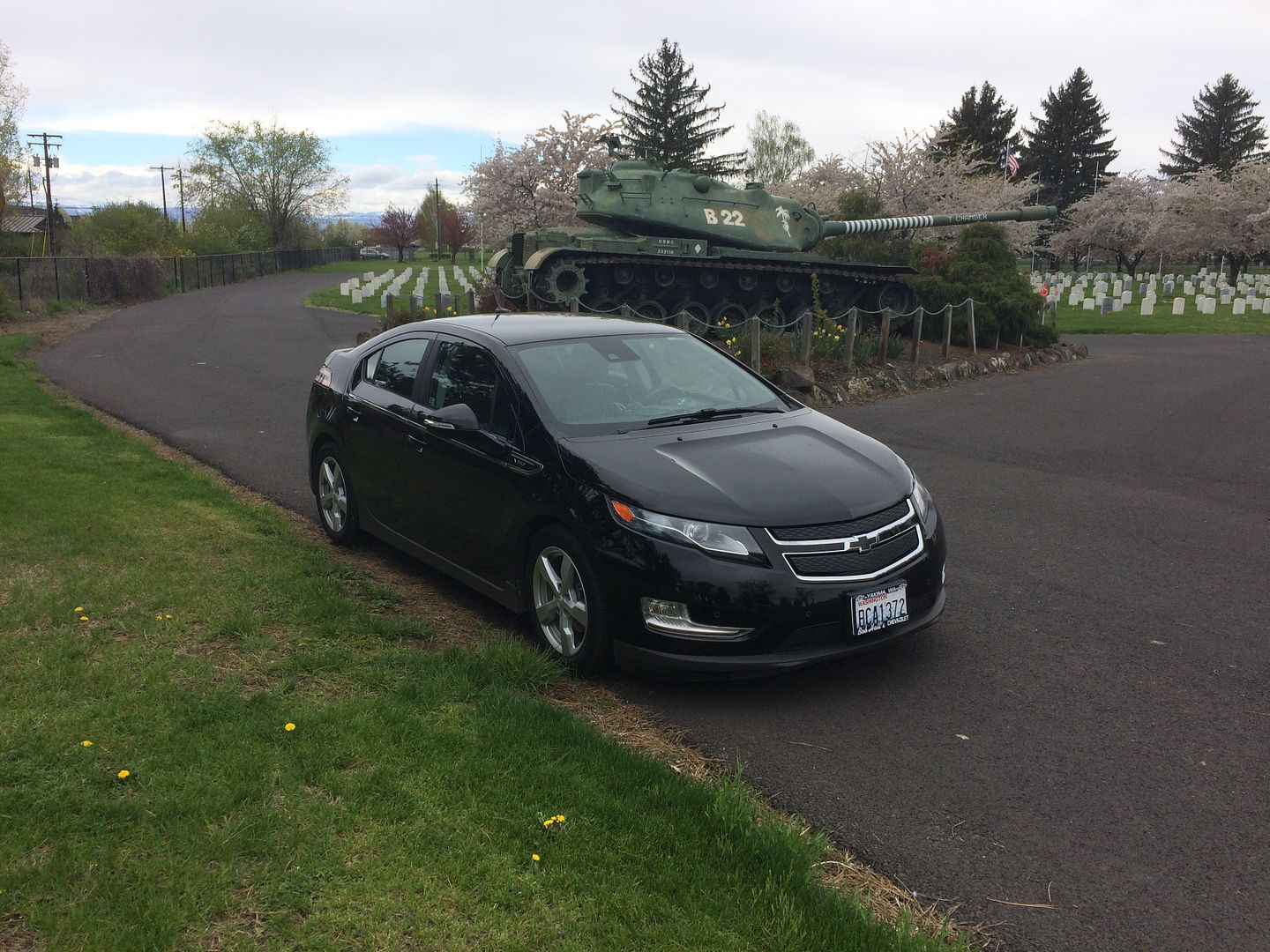About 5 years ago I was sitting in a restaurant with a friend when the place was robbed by an armed robber. I think he got away with something like $85 from the till. Fortunately for me, he didn't look my way. I suddenly felt very helpless and defenseless. It was a strange feeling. I'm not exactly a towering giant of masculine force, but I've never been left feeling defenseless. For some reason, this experience really set off a chain reaction in my brain. I'd always had guns. I grew up in PA. They give you a Terrible Towel and a .30-06 at the border when you move there for crying out loud. I passed the hunter safety course at age 12 and went out hunting with my dad a few times, but I never really felt compelled to do much hunting. It just wasn't for me. I did enjoy shooting the rifle and shotgun though. That was always fun. The deer rifle was expensive to shoot though. I thought about getting my Washington hunting license, but that involved a big complicated process of online courses and field training. I just wanted to shoot things. So I looked at some guns at a store and learned a bit, and during this time, Washington State passed some very draconian gun control laws. (I'm not a gun nut, but the law, I-594, can't be enforced, has no way to ensure compliance, and really does nothing to prevent gun crimes.) I felt if I wanted to get into guns, now was the time, or I'd need to find another way to scratch this itch. While researching guns I found videos on YouTube from
Ted's Holdover. I discovered that 'BB' guns had grown up since I was a boy. No longer was the Daisy Red Rider BB Gun the pinnacle of air powered weaponry. There were now .50cal airguns pushing, massive amounts of lead down range with enough force to take down MASSIVE game animals. Elk, wild boar, bear, FREAKIN' BEARS!!! The more I watched the more interested I became. Here was an option that I hadn't considered. I could shoot a gun for which there was no deafening 'BANG', there were no legal restrictions, and the projectiles wouldn't send me to debtors prison. I started researching.
 |
| Umarex PX4 Storm |
I started out buying a knock-off Beretta PX4 CO2 pistol. It's really fun to shoot, but the CO2 powerlets are expensive. I kept reading about guys shooting PCP rifles and I had no idea what that was, well, aside from a drug that gave people superhuman strengths...I learned that PCP rifles are Pre-charged Pneumatic air guns. They have a reservoir on-board that stores a charge of compressed air allowing a number of shots from each charge without having to re-pump or prime the reservoir. It seemed to be a pretty good system. The guns had a HUGE range in prices, features, calibers, performance...where to begin with learning? I read, watched videos, read some more, watched some more videos and eventually arrived at a few potential options. The Benjamin Marauder by Crosman was simple, reliable, and common. It was the Toyota Camry or Ford Taurus of the PCP gun world. No frills, but it got the job done. The other option I looked at was the Hatsan AT-44. That one looked like a good option on paper, but it had little or no history at the time, so I went with the Marauder.

But man, even this is still really expensive...$650 for the gun, $100 for the scope, $200 for the pump...$50 for the case...$15 for ammo... so I waited...and waited and watched, and waited...finally I found an angle to get all the pieces I'd need at a reasonable price. I've had so much fun shooting this gun. For $15 I can shoot 250-300 rounds. I eventually purchased a used surplus SCBA tank from eBay and built my own filling station for the gun, so no more pumping for me. I also learned that my PA Hunter Training certification from 1987 was portable and valid in WA! I got my small game license and I'm in business. I read through the regulations and learned that I can't take any game with an airgun in Washington...Grrrr! OK, so now I need a small caliber rifle. I'm not ready to hunt deer yet. I start shopping around looking at .22 caliber rifles. I finally find what I'm looking for at Bi-Mart: a Savage Model 64 .22.
 |
| Savage Model 64 .22LR |
It's compact, accurate, semi-auto and FUN to shoot. Within two weeks of buying it, I've burned through about 300rounds! I had to purchase gun locks, a gun cabinet, rifle cleaning equipment, scopes, cases...man this is expensive. But fun.











